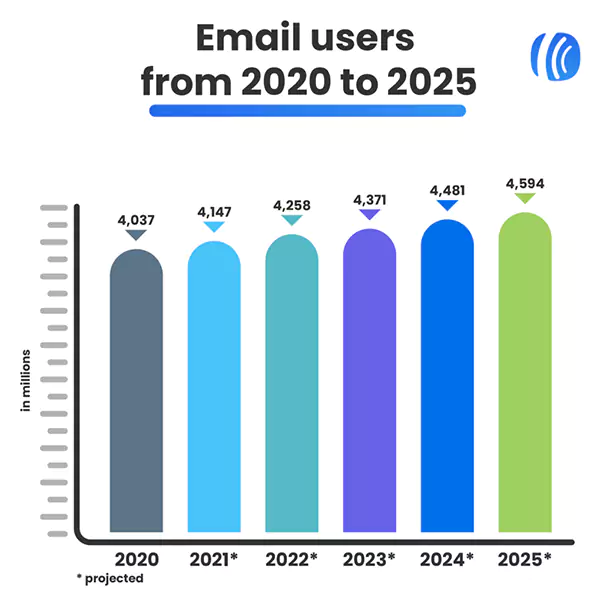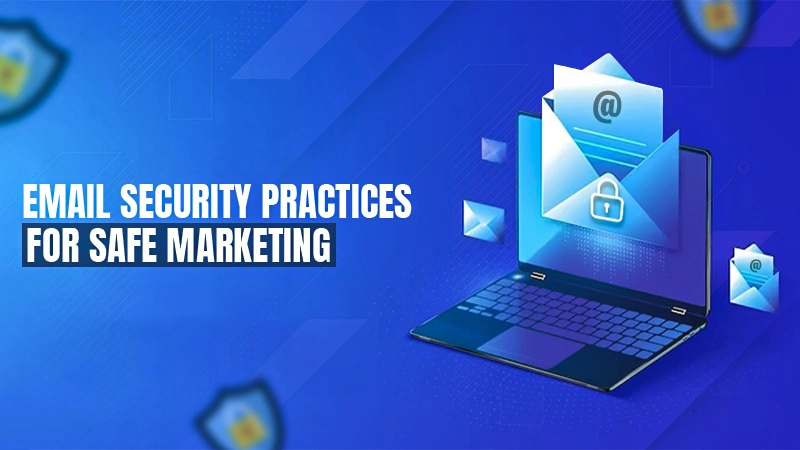Seamlessly Bridging Email and Telecoms in Today’s Dynamic Environment
According to an article from Harvard Business Review, that emphasizes how the team works these days. The process becomes smooth when communication is done efficiently and in the right manner, which helps in solving problems together and getting the best results.
It’s all about creating an atmosphere, where everyone’s opinions matter, all the ideas are welcomed and brainstorming can be done in a real-time without having everyone in the same room or even in the same country.
In layman’s terms, being connected is not just limited to social scenarios, but it has significance for businesses as well. Mediums such as email and telecoms contribute as a form for the smooth transfer of information among company stakeholders.
In this article, we will go through all the vital points that explain the need for emails and landlines in a competitive business environment.
The Backbone of Business Communications

It’s necessary to acknowledge that there’s an enduring significance of landlines in the business realm. In an age where digital platforms seem to reign supreme, it’s easy to wonder why these traditional fixtures continue to hold their ground in offices worldwide. The answer lies in reliability and professionalism.
Landlines provide clear voice quality and are far less likely to drop a call than mobile phones, which makes them indispensable during vital negotiations or client meetings.
Plus, having a dedicated business number adds a layer of credibility and trustworthiness—a significant factor for both corporate giants and small enterprises who strive to make their mark.
The Digital Leap with Email
In the digital domain, email has become the universal language of professional exchange. Its capacity to convey extensive and detailed information makes it the go-to channel for newsletters, product updates, and intricate project plans that require thorough documentation.

Unlike text messages, which are good for quick news or updates, email gives you all the space you need to cover the details. So, you can unpack your thoughts and ideas without having to trim anything down.
Why Not Just Text? The Case for Calls
Now, you might be thinking, “If email and texts cover most bases, why bother with calls at all?” Well, here’s the thing—voice calls add a personal touch that digital messages sometimes can’t capture. There are moments when hearing a human voice or the immediate back-and-forth of a conversation can clear up misunderstandings quicker than a flurry of emails.
Calls can convey urgency, tone, and nuance, making them indispensable for sensitive negotiations or when a fast response is vital. It’s all about knowing when that direct line of communication is going to be the most effective tool in your arsenal.
Choosing the Right Channel
So, when do you reach for email, and when is it better to dial a number? Here’s a quick guide: lean towards email when you’re sharing information that’s complex or voluminous. It’s your best bet for anything that needs a record or detailed examination.
Take a look at the below graph, which states the increasing number of email users from 2020 to 2025.

On the flip side, pick up the phone for those moments requiring an immediate answer, or when you’re dealing with sensitive issues where tone and nuance matter. And let’s not forget about texts or SMS. They’re perfect for short, time-sensitive messages that don’t need a lot of context—think appointment reminders or brief updates.
Today, it comes down to figuring out the best way to mix emails and phone calls. On the one hand, emails are great for hauling around all the heavy details like big reports, detailed updates, and those long newsletters everyone pretends to read but often just skims.
They let you dive deep into topics without worrying about getting cut off. On the flip side, phone calls bring that instant connection you can’t always get in writing, and can truly help clear up any confusion on the fly and add a personal touch that emails sometimes miss (no matter how hard you try).
Here’s a Fun Fact
Including an emoji in your subject line can increase open rates by 45%.
Getting the hang of using both means you’re not just throwing messages out there but connecting. At the end of the day, getting this balance right isn’t just a nice trick–it’s key to keeping things running smoothly.
The Harmony of Connecting Email and Telecoms
In the end, it’s all about striking the right balance and using each tool for its strengths. By weaving together the reliability of telecoms with the comprehensive abilities of email.
Businesses can create a communications ecosystem that’s robust, versatile, and suited to the demands of the modern world.
It’s not an either/or scenario but a combined approach that ensures your enterprise stays connected, responsive, and, ultimately, ahead of the curve.
Remember, in the dynamic dance of business growth, how you communicate can be just as significant as what you’re communicating.
Share














